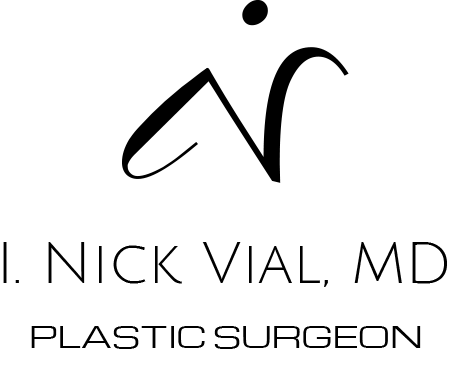Gynecomastia is a common problem, affecting up to 40% of the male population. Although it doesn’t cause any health problems, many men prefer the look of a more contoured chest.

What is gynecomastia?
Gynecomastia is the abnormal development of breast tissues in the male chest. Contrary to popular assumption, gynecomastia doesn’t simply occur due to obesity or being overweight, though these can be factors. Gynecomastia can also happen due to other hormonal causes. Traditional methods of weight loss, such as exercise and diet, often do not greatly improve gynecomastia, and surgery can be a good option.
What are the benefits of gynecomastia surgery?
- Remove unwanted breast tissues
- Sculpt a masculine chest
- Improve self-confidence
Who is a candidate for gynecomastia surgery?
In general, good candidates for gynecomastia surgery:
- Are in good physical and mental health
- Do not have underlying medical conditions that preclude surgery
- Are non-smokers or are willing to stop smoking one month before and one month after the procedure
- Do not use nicotine products, or are willing to stop using products one month before and one month after the procedure (gum, chews, patch, vape)
- Are not exposed to second-hand smoke
- Have realistic expectations from the surgery
- Want a more defined chest
What are my gynecomastia surgery options?
- Liposuction: If you have gynecomastia due to excess fat tissues, Dr. Vial will remove the unwanted tissues via liposuction. A cannula will be moved around to loosen the unwanted fat tissues, facilitating their extraction from the body. The fat is literally suctioned away, giving you a flat and masculine chest. This leaves small scars at the access points.
- Excision: Gynecomastia isn’t merely caused by excess fat tissues, but also because of glandular breast tissues and excess skin. Dr. Vial will make the appropriate incisions to remove the unwanted glandular breast tissues and trim away the excess skin. In some cases, the nipple will have to be repositioned to improve appearance.
- Liposuction with excision: Most people have gynecomastia due to excess fat, excess skin, and glandular breast tissues. Dr. Vial will start with liposuction to remove the unwanted fat tissues from the breasts. Next, he’ll perform the excision surgery to remove the glandular breast tissues and tighten the remaining skin.
How is gynecomastia surgery performed?
Your surgical journey will start with a consultation with Dr. Vial. He will listen to your concerns and expectations, examine your chest, and inform you about your options. Dr. Vial creates a customized treatment plan for your gynecomastia surgery to ensure results that address your specific goals.
Gynecomastia surgery is performed as an outpatient procedure, usually under general anesthesia. The day of surgery, Dr. Vial marks your chest and reverifies the planned scars with you. Once you are under anesthesia, Dr. Vial makes concealed incisions on your body in line with your surgical plan. The length of the incisions depends on the amount of excess skin — larger incisions are necessary to remove larger amounts of skin. Liposuction will be used to contour the chest and remove unwanted fat. Dr. Vial will introduce a small cannula through your skin and remove excess fat using a vacuum. Once excess tissue is removed the skin is closed. You will be placed in an ace wrap following surgery.
What is the recovery process
after gynecomastia surgery?
How you recover in the three months after your surgery determines the outcome for years to come. Dr. Vial will provide a list of step-by-step recovery guidelines after your surgery. After the gynecomastia surgery, your chest will be in an ace wrap to minimize swelling. You can shower 48 hours after surgery. You will wear a compression garment for 2 months following surgery. Most patients can resume normal activities and work after 2 weeks, but you should avoid strenuous activities, especially those that involve moving your arms, for 8 weeks.

What are the risks of gynecomastia surgery?
Dr. Vial prioritizes safety above all else and performs your gynecomastia surgery using the safest surgical techniques. He only works with board-certified anesthesiologists and certified nurses to ensure optimal and consistent results. However, all surgeries, including gynecomastia surgery, carry inherent risks that Dr. Vial will discuss during your consultation.
The complications unique to gynecomastia surgery that are reported nationally include, but are not limited to:
- Seroma (fluid collection)
- Asymmetry
- Contour irregularities
Why choose Dr. Vial for your gynecomastia surgery?
Dr. Vial is a board-certified plastic surgeon with extensive training and experience in body contouring surgery. He has trained at the world’s best institutions where many of these procedures continue to be advanced. He makes safety a top priority and has developed a reputation for beautiful, natural results.

